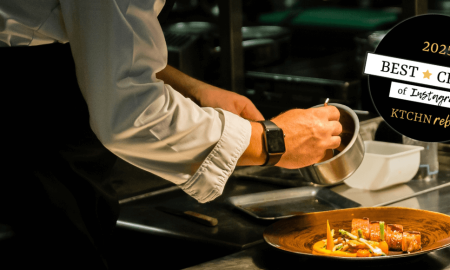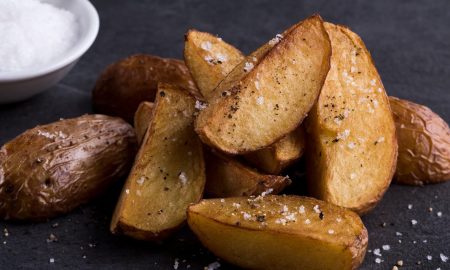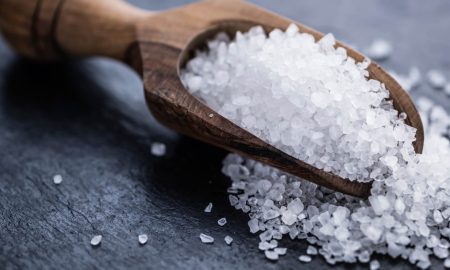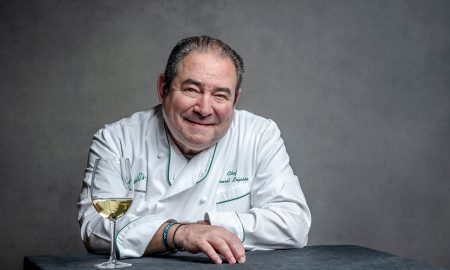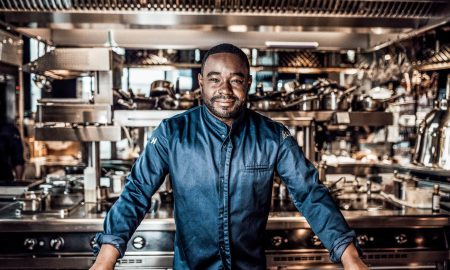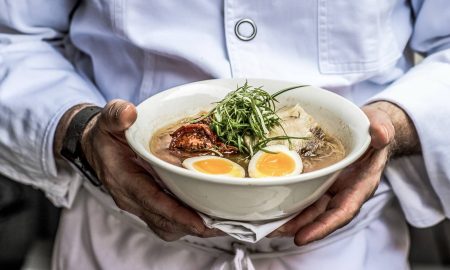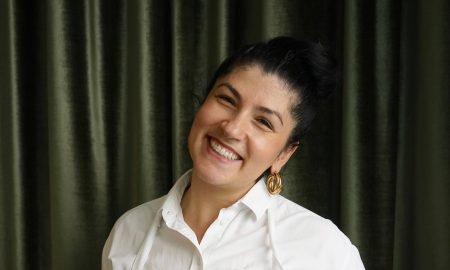Professor Vilgis, what do Japanese wakame and Swiss cheese have to do with each other?
They go wonderfully together.
Algae and cheese? Doesn’t seem like an obvious combination…
Yeah, science helps people discover unusual combinations. We don’t need to know anything about chemistry to know what tastes good to us—that’s what we have our senses of smell and taste for. But science can be useful in helping us figure out what else we might like. It can introduce us to totally new flavor combinations.
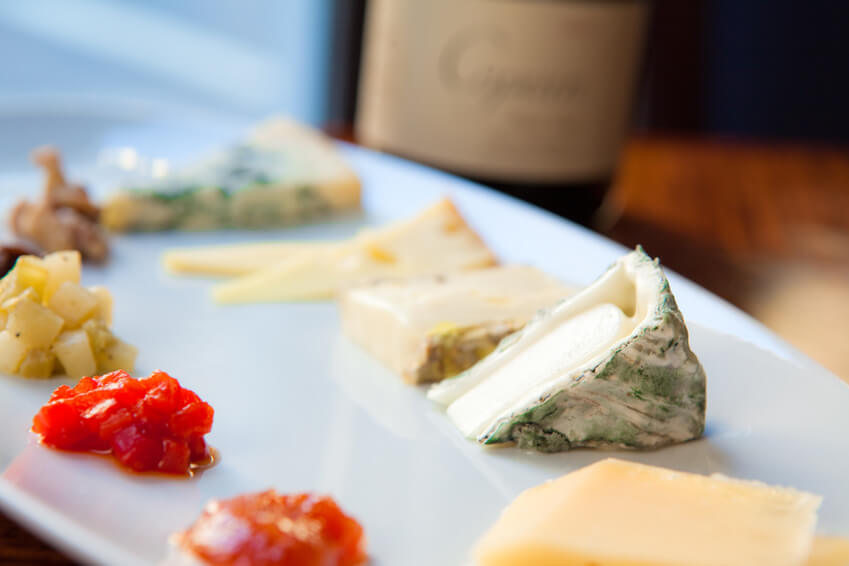
Cheese Platter | Image: Fotolia – EvanTravels
You differentiate between “scientific” or “systematic” seasoning and “cultural” seasoning…
Cultural seasoning is based on our cultural traditions and influences. Every culture has developed its own unique seasoning combinations. In India, they use turmeric, cardamom, and cloves. In East Asia, cumin and cinnamon. In Southeast Asia, lemongrass and fish sauce. And in the Mediterranean, rosemary, thyme, and sage. But our families influence the way we season food as well.
The smell of the cinnamon in Grandma’s apple strudel…
Exactly! Familial influences are highly subjective: we season by “feel”, drawing from our cultures but still in our own individual ways. But seasoning scientifically means leaving emotions and culture and familial influences out of it—you use an analytical approach.
Is it even possible to do a scientific analysis of “tastes good” and “tastes bad”, though? Does taste follow a system?
Well, we have to start by differentiating between taste and aroma. And yes, you can systematize both.
So what’s the difference between taste and aroma?
Taste is what we actually taste with our tongues. Our senses of taste aren’t particularly well-differentiated, actually. Our tastebuds can only distinguish among five basic tastes: sweet, sour, salty, bitter, and umami, which is Japanese for “yummy”—that hearty, meaty taste you get from reduced stocks, mushrooms, old Parmesan cheese, or sun-dried tomatoes. Some people say there’s a sixth taste: in 2011, scientists demonstrated that humans have gustatory receptors for fat on their tongues. As yet, though, we don’t quite know whether those signals are passed to the brain as taste sensations.
Flavors – not just tastes
So just five to six tastes, then?
Tastes, yes. But now we get to the real star: flavor. We sense flavor by smelling, not by tasting—flavors are aromas, and we can distinguish among thousands and thousands of them. If you tasted something while holding your nose, you would still be able to taste sweet, sour, salty, bitter, and umami, but you would miss out on the flavor. The real fireworks happen in the bulbus olfactorius or olfactory bulb, a neural structure in the front part of our brains. When we chew, the flavors in the air in our mouths go back into our noses. From there, they go to our olfactory cells via the bulbus, and those cells transmit signals to the brain for decoding.
What exactly are flavors made up of?
Flavors—aromas—are made up of molecules. Molecules are the basis of all scent effects. There are thousands of odor molecules, but we can divide them into groups. Molecules in the alcohols group smell flowery, herby, and fresh; they’re found in flowers, mint, lavender, grass, and fruit. The ones in the ketones group smell buttery, waxy, greasy. You find them in butter, cheese, ricotta, and so on. And then there are sulfur compounds, which are the pungent molecules found in onions, leeks, garlic, and mustard… or the fresh, hearty, green-smelling aldehydes found in cucumbers and cumin.

Image: Stiftung_Warentest_Vilgis_HiRes-9751
So the system is about organizing foods by their characteristic molecule groups.
Right. And there’s not all that many of them—just nine groups, essentially. This system helps us develop totally new flavor combinations. Once we know which group a certain food, herb, or spice would be put in, we can start looking for overlaps. Borage, for example, has the same primary flavoring agent as cucumbers; it’s also called cucumber aldehyde. So borage and cucumbers go well together—which is common knowledge in Germany, I mean, we even call borage “cucumber herb”. But if we dig a little more, we discover that watermelon’s primary flavors have a very similar molecular structure to cucumber aldehyde, which means it goes well with borage, too. Which doesn’t mean you’d want to eat a watermelon salad with cucumber and borage… It would get old fast! You’d need something else that neither melon, nor cucumber, nor borage has in it: maybe dill or basil, maybe citrus peel, maybe vanilla or roasted coffee. By breaking food down into groups, we can find combinations that are totally new and original, not part of any cultural tradition.
Like the harmony between wakame algae and Swiss cheese?
Or aged Gruyère, or even cream cheese, because wakame primarily contains fatty and sulfurous flavors—a lot like cheese. So it’s a guaranteed food pairing.
Do you think that someday algorithms will replace individual, subjective seasoning?
No, certainly not. Cooking will always be emotional and intuitive. But a little kitchen chemistry can make food more interesting. When we’re seasoning food, we don’t just look for food pairings, or overlapping flavors. We also specifically use opposite flavors, which we call food completing. Borage and watermelon are a food pairing; if we wanted to do food completing, we’d want to find a sharp contrast to the fine aldehydes in borage, such as in the roasted, spicy flavor of sotolon, which is found in lovage. Borage and lovage is such an interesting combination! Just try adding some lovage to your fruit salad sometime…
Click here for Part 2: How food pairing takes flavor to the next level



